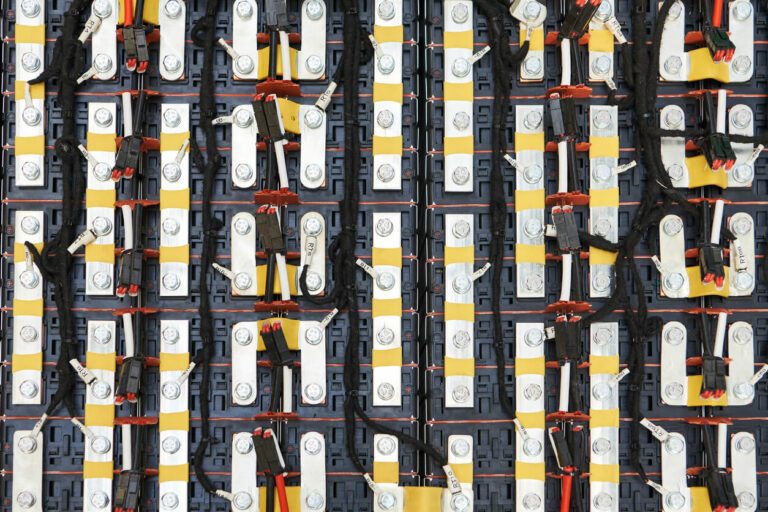Insights

June 25, 2018
Projected to power 40 percent of the U.S. power grid by 2035, solar energy is integral to America’s low-carbon transition. Distributed solar—residential solar in particular—is expected to be an important driver of this growth.
In 2011, the U.S. Department of Energy (DOE) announced its SunShot Initiative, an ambitious 10-year plan to reduce the price of residential solar to $1.50/watt and utility-scale solar to $1/watt. The DOE achieved this goal on the utility-scale front in 2017, but most estimates show residential solar costing an average of over $3/watt. This contrasts with the Australian residential solar price of $1.34/watt, suggesting that the high price in the U.S. could be an anomaly with precedent for correction.

The culprit? Customer acquisition, permit processing, inspection, installation labor, and overhead – often haphazardly bundled into a category labeled “other costs.” Also referred to as soft costs, this category has seen a decrease from 2010 to 2020, but still represents over 50 percent of the total residential solar installation cost in the U.S. The price of hardware has declined dramatically over the past decade, so the good news is that soft costs represent a growing share of a shrinking pie. However, with the federal tax credit for solar expiring in 2024, it is important to leverage every opportunity to reduce soft costs and accelerate residential solar uptake. To address the problem, we need to disaggregate the components of soft costs.
Customer acquisition on average accounts for roughly 16 percent of the full installation cost. Residential solar companies in the U.S. currently rely on a push market, by purchasing leads from lead generation companies and using salespeople to close transactions. Salespeople are often paid via a commission structure that enables them to maximize their profit beyond a minimum hurdle paid to the developer. While this incentivizes salespeople to execute, it inflates customer costs.
To lower prices, residential installers can reduce their reliance on expensive lead gen companies by using targeted digital ads on social media sites like Facebook, SolarReviews, and Yelp. Given the importance of word of mouth in purchasing decisions, referral incentive programs are also cost-effective and can minimize the loss of customers during the multistage solar installation process.
Moreover, given the long list of steps between customer acquisition and installation, software-based solutions can expedite the process and lower prices by removing salespeople from the equation. Palmetto’s direct-to-consumer online sales platform is the epitome of a user-friendly, cost-effective solution. Incorporating Mapdwell technology, Palmetto uses the customer’s address to assess the viability of rooftop solar and to generate a project proposal within 60 seconds.
To further eliminate supply chain intermediaries and working capital expense, solar installers can partner with Third-Party Logistics (3PL) companies to “drop ship” solar equipment to job sites, rather than warehousing inventory in-house. This allows solar solutions companies to focus on their areas of expertise within the value chain and reduce time from sale to installation.
Permitting accounts for another 8% of U.S. solar soft costs. The median permitting process of 50 days results in higher overall system costs, customer dissatisfaction, and forgone solar energy production. In comparison, solar installation in Germany is as uncomplicated as “any other roof work on your home.” Some state-by-state policies, such as Vermont’s 2011 legislation that caps the residential permitting process at 10 days and allows applicants to self-certify, can be implemented across more jurisdictions to lower costs. A streamlined, centrally managed online registration portal would obviate the need to communicate with multiple authorities before installing a solar system. More consistent regulations across states and localities would also decrease the administrative costs of navigating complex paperwork.
Given the upfront cost of residential installations, most households use a loan or lease service like GoodLeap (f.k.a. Loanpal) or Mosaic rather than buying a solar system outright. Thus, high upfront origination fees and front-loaded interest rates exert upward pressure on solar installation prices. To address the issue, solar loans could be wrapped into a mortgage or Home Equity Line of Credit (HELOC), offering the benefit of low, tax-deductible interest rates with trusted local credit unions and banks. However, there is no free lunch. Attaching solar financing to a home equity loan lengthens the approval process and ties in existing property as collateral. Alternatively, state governments could reduce borrowing costs by backstopping loans, following California’s precedent of backing loans for energy-efficient appliances and retrofits.
Make no mistake: American solar prices have made significant progress. However, if cost declines are to continue, soft costs must be addressed. The consistently lower installed costs across Australia, Europe, and Asia demonstrate that cost reduction is feasible. In the American residential solar market, soft costs are not a permanent drawback, but rather an opportunity for growth.
Author: Vivian Zhang, Analyst Intern
Editor: Saul Muskin, Associate
Image: Slavun via Shutterstock
Insights

June 25, 2018
Insights

April 5, 2024